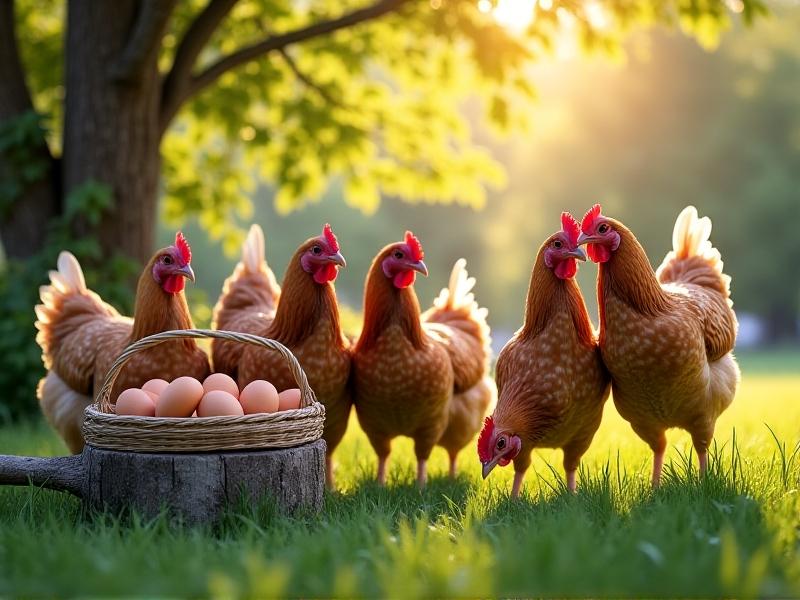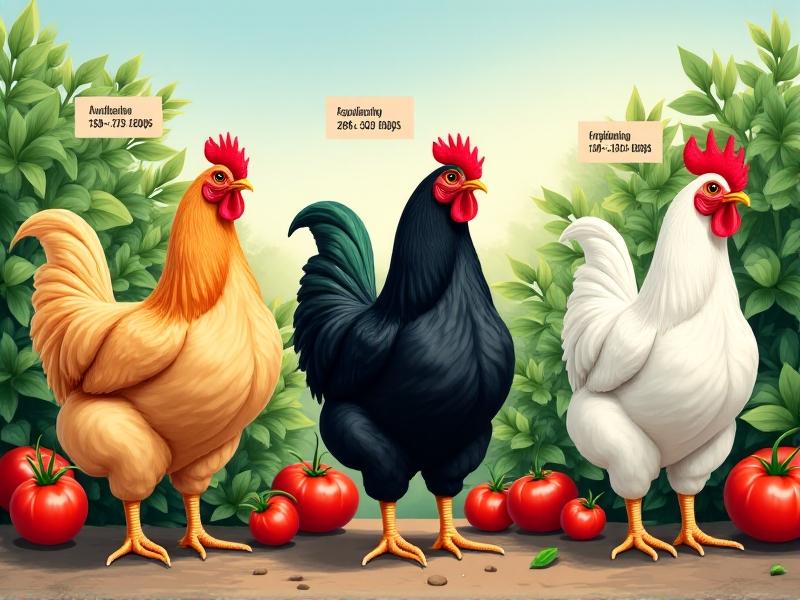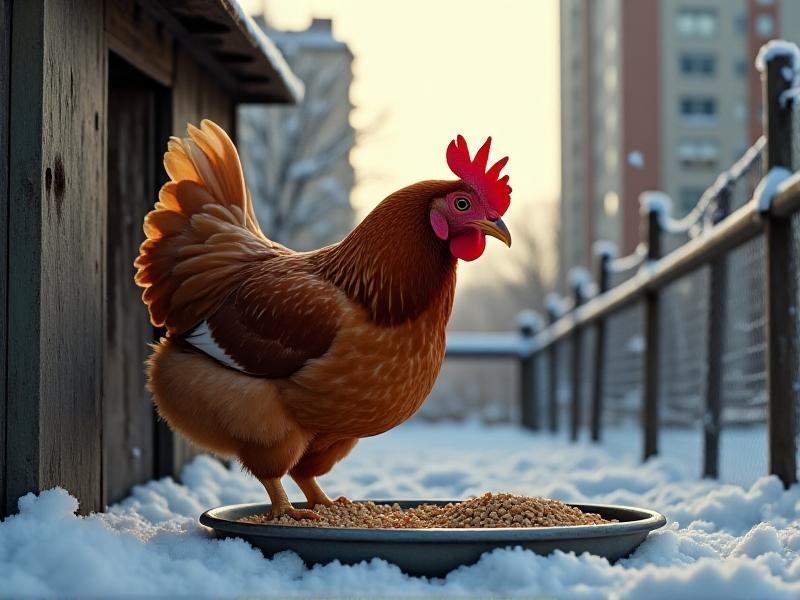Urban Egg CSA: Building a Micro-Business from Your Backyard
The Rise of Backyard Chicken-Keeping and the Urban Egg CSA Model

In cities and suburbs worldwide, a quiet revolution is unfolding as more households embrace backyard chicken-keeping. What begins as a hobby for fresh eggs often evolves into something greater—a micro-business opportunity through the Community Supported Agriculture (CSA) model. Urban egg CSAs bridge the gap between small-scale producers and neighbors craving hyper-local food, transforming coops into community hubs. Unlike traditional farms, these micro-operations thrive on personal connections and transparency, offering members a chance to know exactly where their food comes while supporting sustainable practices in their own neighborhoods.
Getting Started: Assessing Space, Laws, and Flock Size

Before ordering chicks, successful urban egg ventures require strategic planning. Start by measuring available space—a flock of four hens needs at least 16 square feet in the coop plus outdoor roaming area. Crucially, research local ordinances: while Detroit allows up to 30 hens per household, Chicago prohibits roosters, and Austin requires coops 50 feet from neighboring homes. Use zoning maps to identify quiet zones and natural windbreaks. Begin small—a starter flock of 6–8 layers can produce 25–35 eggs weekly, enough to supply 5–7 households while you refine systems.
Choosing Your Hens: Best Breeds for Productivity and Personality

Selecting the right breeds ensures reliable production and neighborly harmony. Dual-purpose breeds like Sussex and Plymouth Rocks offer friendly dispositions and 250–280 brown eggs annually. For urban settings, prioritize quiet varieties—avoid vocal Araucanas known for loud egg songs. Heritage breeds add marketing cachet; the Olive Egger's jade-colored eggs become instant conversation starters. Source pullets from NPIP-certified hatcheries to minimize disease risks. Introduce birds in batches for staggered laying cycles, ensuring consistent supply as older hens' production declines.
Coop Design Strategies for Small Spaces and Happy Hens

Urban coops demand smart design. Elevate structures to deter predators and simplify cleaning. Install roll-out nesting boxes lined with fragrant pine shavings—these reduce egg breakage and simplify collection. Incorporate vertical space: a 45-degree roosting bar ladder allows dominance hierarchy without crowding. For noise reduction, line walls with sound-dampening corkboard. Integrate rain barrels into gutter systems for self-watering stations. A front-facing "Egg Counter" chalkboard lets neighbors see daily yields at a glance, building anticipation for CSA pickups.
Marketing Your Micro-CSA: From Neighborhood Apps to Egg-Stagram
Build community trust through transparency. Launch with a "Coop Open House" tour, offering samples of herb-infused frittatas. Partner with local cafes for "Meet Your Hen" displays featuring chicken portraits with laying stats. Design branded cartons with QR codes linking to weekly coop cam footage. Leverage hyper-local platforms—Neighborhood app posts outperformed Facebook by 300% in early pilots. Offer referral rewards: a free dozen after three referrals. For foodies, create seasonal add-ons like microgreen garnishes or hand-churned butter from excess cream.
Subscription Logistics: Pricing, Packaging, and Pickup Innovations
Balance affordability and value—$6–8 per dozen covers feed and labor while undercutting boutique grocers. Offer flexible subscriptions: biweekly plans for small households, customizable add-ons like duck eggs. Use recycled pulp cartons stamped with lay dates. For contactless pickup, convert old newspaper boxes into temperature-controlled CSA hubs with individual code locks. Implement a surplus swap box where members can trade eggs for garden produce. Track preferences using simple apps like Honeybee, which alerts you when members approach their allergy thresholds (e.g., switching from soy-fed to flaxseed-fed layers).
Sustainability Loops: Closing the Waste Cycle in Urban Flocks
Transform waste streams into assets. Mix spent bedding with coffee grounds from local cafes for hot composting—reach 140°F to kill pathogens. Offer "Fertilizer Shares" to gardener members: 5 lbs of compost per dozen eggs returned. Install black soldier fly larvae bins to process kitchen scraps into protein-rich chicken feed. Partner with breweries for spent grain supplements. Track your closed-loop impact: "Our 8 hens diverted 1.2 tons of food waste this year" becomes powerful marketing. During molting season, collect feathers for local crafters in exchange for egg carton decorations.
Weathering Challenges: Predators, Permits, and Neighbor Relations
Urban flocks face unique threats. Conduct a "vulnerability audit": bury hardware cloth 12" deep to foil digging foxes, install motion-activated lights to deter nocturnal raccoons. Build goodwill by gifting "Eggs for Excuses" baskets to adjacent neighbors preemptively—include earplugs for rare noisy days. Document everything: create a permitting binder with noise logs, waste management plans, and avian flu prevention checklists. When zoning disputes arise, present data showing your coop reduces household food waste by 18% compared to neighborhood averages.
Scaling Responsibly: When to Expand and How to Stay Authentic
Growth needn't mean industrializing. Form coop collectives with other urban growers to share feed bulk orders and egg washing stations. Rotate "featured flocks" in CSA boxes to highlight different backyard ecosystems. Introduce a mentorship tier where long-term members co-host workshops. Stay true to micro-scale values by capping memberships once waitlists hit 20 households—this preserves quality and mystique. As one Portland grower advises: "We're not a business, we're a breakfast club that happens to sell extras."








